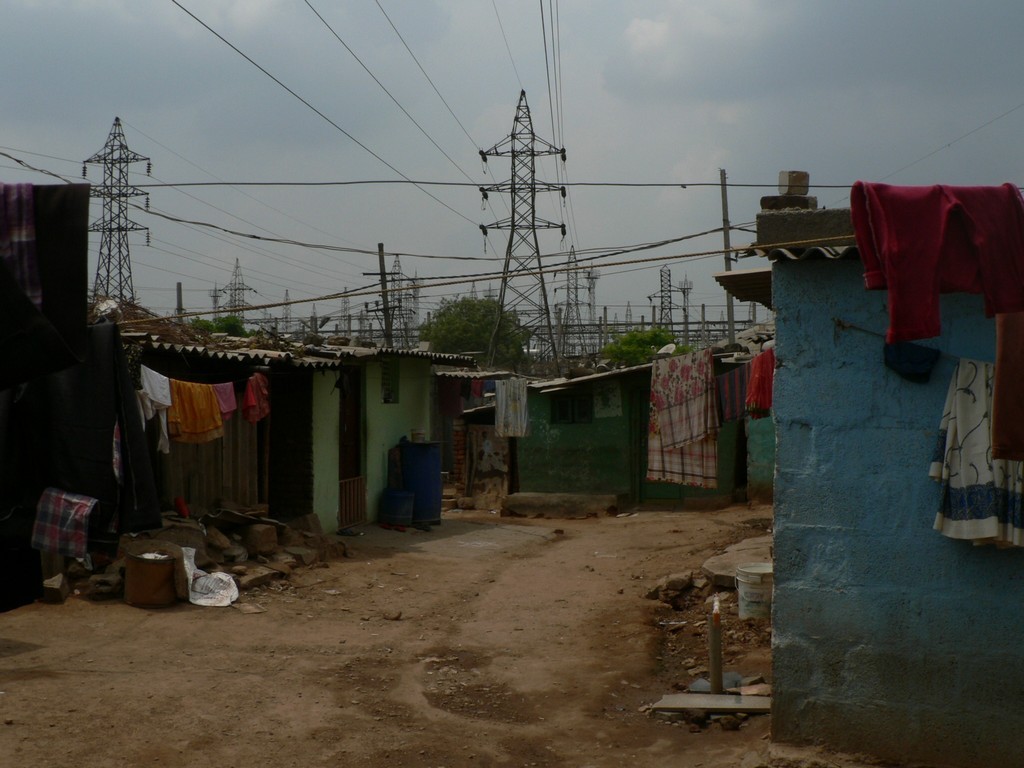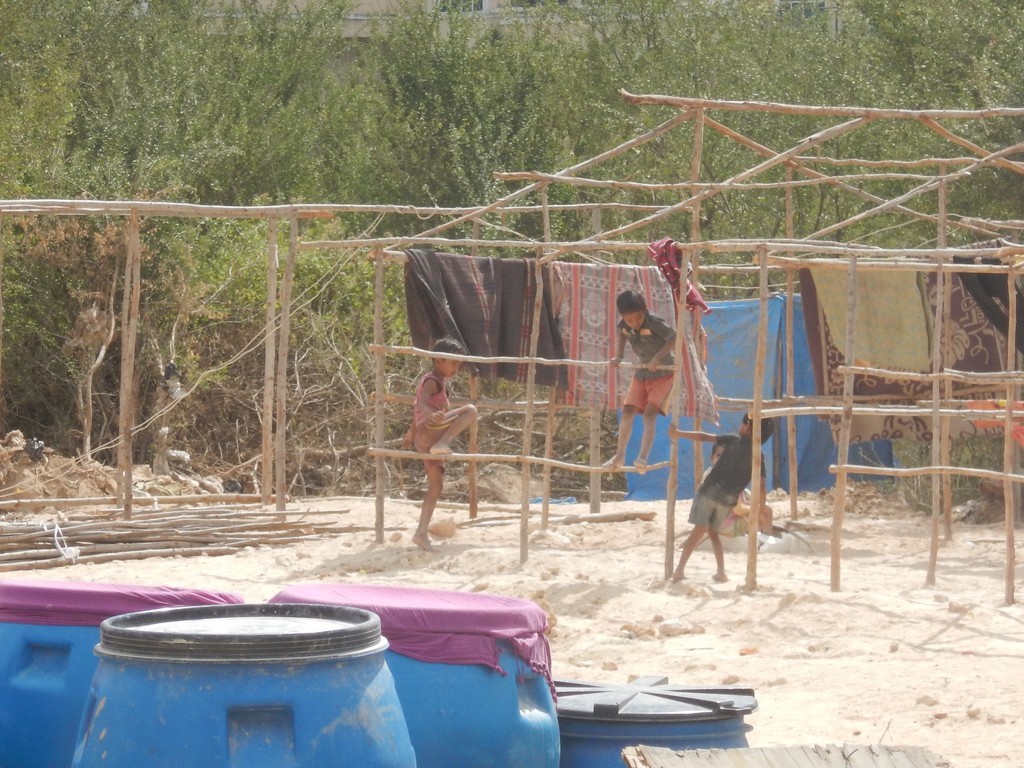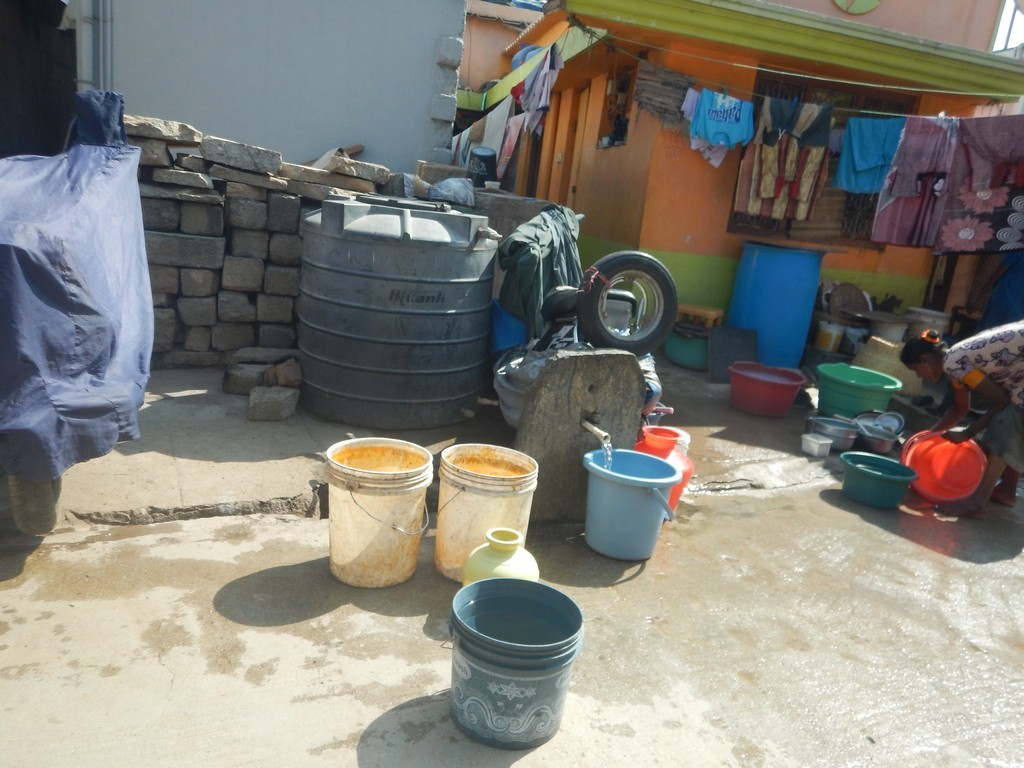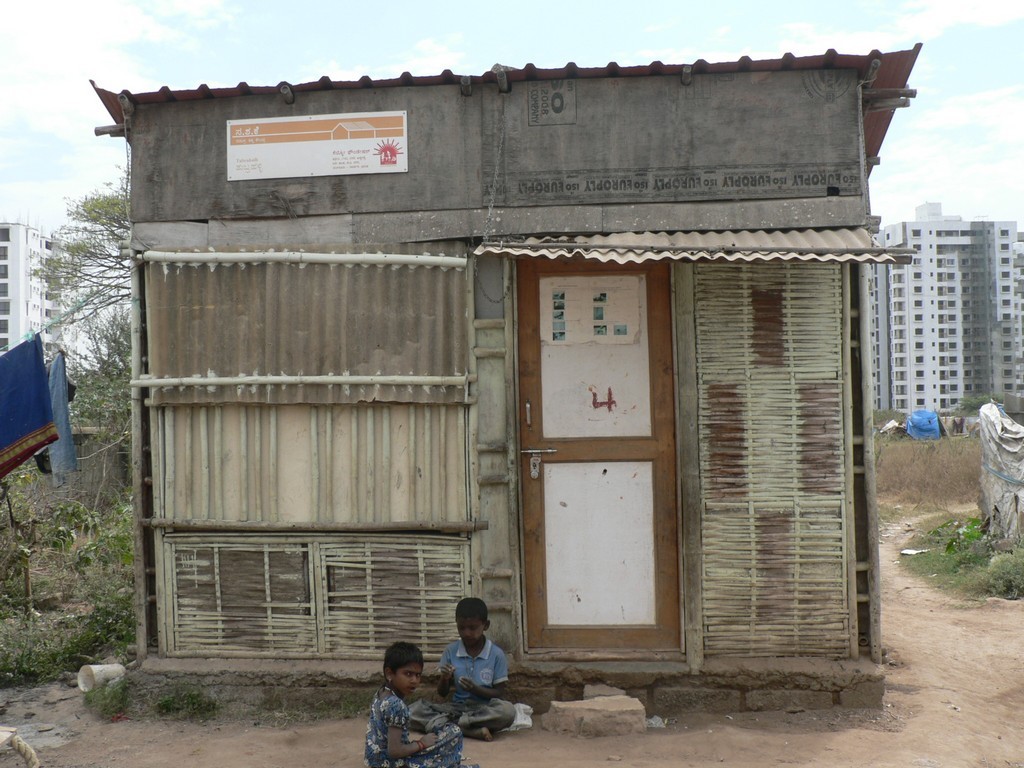Out of the frying pan… into the fire

By Nikhil Shenai

Nikhil Shenai, from the Indian Institute of Human Settlement (IIHS), writes about encountering ‘the real world’ while out in the field and the almost Don Quixote/Sancho Panza-like dynamics he witnessed.
Internships are often platforms offering significant learning curves, ample networking opportunities and scenarios of exposure to various ground realities. However, when interning with a project which looks at climate change perceptions and adaptation challenges, the influence of said internship’s qualities are exponentially widened.
I learnt about more than just applications of statistical concepts.
I began to network with not just academia and subject experts, but also with respondents on the ground.
I was flung far from my utopian ideologies and was brought tête-à-tête with “real” real-world problems.
Such is my story
I joined the CARIAA/ASSAR project as an intern, focused primarily on quantitative analyses; courtesy of my statistics background, with some ad hoc qualitative support. My journey down this path began with an urban project, identifying through data a demographic profile of the vulnerable and marginalised populace of urban Bangalore. My initial weeks in this city; or rather few months, was spent pouring over houses sampled across the city’s commercial/industrial corridors. Cleaning and preliminary analyses of this data was easy… Rattling off a flurry of summary statistics, cross-tables and scatterplots. Interpretation were slightly naïve and binary, confined to my quantitative thought-process. Some self-attested testimonials:
Yes, 47% households are migrant families…
… Of course, 20 settlements of the 31 are undocumented
Affirmative… Non-earning members outnumber earning members across most households…
We need to run a logistic regression to identify influences of categorical data

I remained quite unattached and distant to the whole project. Mainly because I was juggling multiple data-based (pun intended!) commitments across the ASSAR research streams. Rationalisation aside, my view of data was that of a colour-blind person looking at a traffic signal.
Each house, an array in a database
Each individual, a point on a scatterplot
Each question, a chart axis’ label
And during team meetings I was generally the quiet observer. The silent “data guy” (as I’ve come to be known, and a moniker I accept gladly) who’d jump in as and when the “numbers” were needed.
So, to bring some “quality” into my “quant”, I was embedded into the field teams. Like Frodo in the Council of Elrond.
Up until now, all I saw of the marginalised sections of city were arrays of numbers and choices. Half-apprehensive and weighted under a flurry of other emotions, I stepped…

Into the field of reality
A new dimension was now added to my interactions with the numbers we had collected from the field. The respondents we surveyed belong to a spectrum of people I had only read about superficially, or seen in popular media.
Depth worked its way into my interpretations and views
These people were just like us, but from circumstances unyielding and unfortunate. Coming from as a far afield as the Indian subcontinent; some even from within the state! They came to this “Garden” city, like eager moths to a flame of opportunities – victims of poor harvests due to drought or floods, debt, family conflicts, or the wanton lack of socioeconomic opportunities.

Living on the fringes of the city, either within questionable proximity of a toxic lake or in the shadow of industrial and/or resi-commercial behemoths. Added to their list of woes… Job security. They come here, hoping to escape this wraith of hardship & discontent – eking a living doing menial, un/semi-skilled (and at times hazardous) work just to make their ends meet and to find some semblance of contentment and happiness.
But on the few field visits I’ve done, a striking perspective seems to be in the spotlight. One of ignorance and invisibility. I cite from Cervantes’ repertoire – Don Quixote and Sancho Panza.
Don Quixote: the elite, the pseudo-knight with a utopian mindset and Sancho Panza: the help, Quixote’s unwitting squire, who acts as grounding for the former’s effervescence.
Akin to this, across the subcontinent’s cities; but more so in Bangalore, you will see a large towering residential or technocratic sprawl (The Don) and in its wake a squat cluster of semi-structured houses made of metal sheeting, bamboo and other rudimentary construction materials that these settlers can get their hands on (Sancho). Going into this microcosm the Quixote-Panza imagery persists.
Here, the Don is the übermensch, the techie/banker/soccer-mom; going in AC-cars to your run of the mill SEZ/shopping mall, sending their kids to great educational institutions, paying the bills, while also “doing their bit” of charity and goodwill. But Sancho is the help; the ‘Bahadur’/’Chotu’/’Didi’ (security guard, domestic helper), waking up in the wee hours just to see if their house is still standing, but on a calmer note, checking to see if the water tanker has come. Then getting ready to show up at the dwelling/workplace of the Don, slog for hours just to come home to see the electricity supply is still not restored and their kids are frolicking in the dust playing with odds and sods found in and around their settlement.

And what’s more Quixote will exploit Sancho as he pleases. Unaware of their trials and tribulations, but expecting them to perform on cue. Such is the scenario most slum-dwellers face. Provide housekeeping and other allied-services to the residential and commercial spaces in their domicile, living in volatile housing conditions; facing harassment and eviction fears, but are “supposed” to deliver without question or complaint.
To bring context to the grandeur, I recall my field visits to the stand. These settlements were precariously positioned. One between residential township and a toxic time-bomb of a lake, another in the wake of a rail yard and an apartment complex. Truly a rock and a hard place… but the line blurs between which is which. However, the lake and rail-yard settlements are opposites of each other. The lake-settlement is a Pandora’s Box of problems and concerns: inter-state migrants in unfamiliar surroundings, plagued by volatile supplies of utilities, lack of institutional assistance, living on an eroding landmass and surrounded by effluents. The rail-yard in contrast would seem like paradise to the former: generational migrants, who have adapted to the state’s conventions, having governmental recognition, NGO aid, communal harmony, and living in structured housing with fair utility access.

Although they’re informal settlements, the key lynchpins separating them are: (1) personal documentation; and (2) external aid from institutions.
While acquiring personal documentation is a minefield of its own, what is the striking comparison between the settlements is the aid factor. The Sanchos getting aid from NGOs, who in turn get their funding from the Quixotes. Although the latter’s gesture is noble no doubt, it’s the action which seems ironic.
Especially in the case of the lake-settlement
While I can hazard a guess that the Quixotic residentiaries near the lake-settlement must no doubt engage in philanthropy, donating generously to NGOs and participating in the city’s various marathons… They seem to neglect the growing bubble of inequity right in front of them, mistaking their circumstances for genealogical misfortune or inherent uncouthness.

Rather, they could take their Good Samaritan-ship a step forward, by getting involved in their local community. Instead of propagating the socioeconomic divide, why not put in that little effort to educate and make aware, your own ‘Bahadur’/’Chotu’/’Didi’ and at the same time be more mindful and accommodating of their problems. Help them help you so there is a stronger nexus between the Don and Sancho Panza. Help them get in touch with the right government officials and get some form of recognition or documentation, and make them feel a part of the overall community by taking their opinions into consideration.
But for such initiatives, invariant of scale, to take place requires a build-up of trust and the shedding of egos. We at times fail to recognise the value our housekeeper/driver/security guard provides in giving a sense of organisation and security. We need to be more respectful of their efforts and provide what little help we can in finding them their silver-linings.
For without the squire, the knight is but an artefact